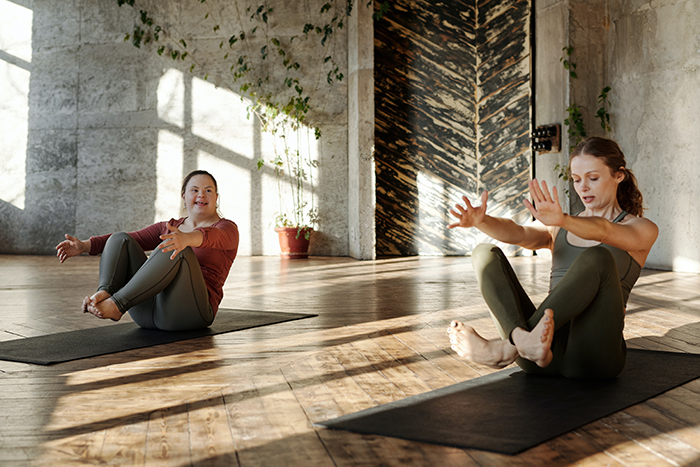
In recent years we’ve seen a big shift in the visibility of women’s sport, most notably with the glorious summer of women’s sport in 2019, which included major events such as the Women’s Football World Cup, Netball World Cup and the Women’s Ashes. Women’s sport received more exposure and media coverage than ever before and it captured the hearts and minds of the nation, with record numbers of engagement throughout the year. Who can forget the nail biting match between the Lionesses and the USA in the FIFA World Cup Semi-Final? Watched by 11.7 million people, it was the most viewed women’s football game in history and the second highest viewed event of 2019.
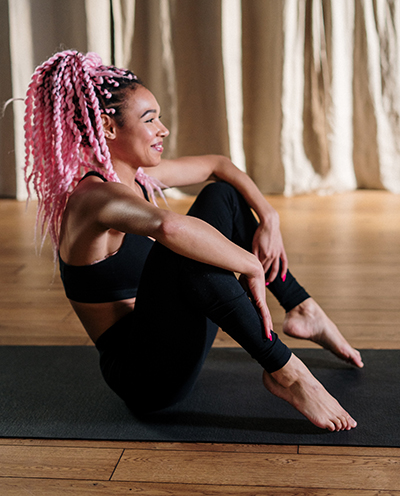 While the profile of and demand for women’s sport has risen, stark gender inequalities still prevail in terms of investment, sponsorship, media coverage and pay (Farrer & Co, 2019),
but also more broadly in society, in terms of participation in grass roots sport. Research shows that although the gender gap is slowly narrowing, women and girls are still significantly less likely than their male counterparts to be physically active
and play sport (Sport England, 2019a; 2020).
Women also occupy much less of the sporting workforce in roles such as coaching (UK Coaching, 2018), managing,
performance and development directors, and other senior leadership positions (Women in Sport, 2017).
While the profile of and demand for women’s sport has risen, stark gender inequalities still prevail in terms of investment, sponsorship, media coverage and pay (Farrer & Co, 2019),
but also more broadly in society, in terms of participation in grass roots sport. Research shows that although the gender gap is slowly narrowing, women and girls are still significantly less likely than their male counterparts to be physically active
and play sport (Sport England, 2019a; 2020).
Women also occupy much less of the sporting workforce in roles such as coaching (UK Coaching, 2018), managing,
performance and development directors, and other senior leadership positions (Women in Sport, 2017).
Closing the gender gap in sport has been a growing priority for those in government and in national governing bodies (NGBs) of sport but if sport is still an ‘old boys club’, who are the key decision makers who are driving this change and how much progress can we really make with this narrow ‘boys club’ leadership?
Why is diverse leadership important?
Diversity in the workplace is concerned with ensuring the workforce is representative of wider society, and that individuals are respected and valued for their characteristics and differences. This includes, but is not limited to, sex, gender, race, ethnicity, religion, disability, age and sexual orientation.
It is widely accepted across industry and business that diverse leadership leads to better governance. Diverse boards have a greater wealth of experience, thought and perspective. This results in more effective risk management, better decision making and, ultimately, better performance and success (Farrer & Co, 2019). A recent report by McKinsey & Co (2020) (one of the ‘big 5’ management consultants in the world) provides a strong business case for gender diversity in particular. It analysed data for over 1,000 large companies spanning 15 countries and found that those in the top quartile for gender diversity on executive teams were 25% more likely to have above average profitability, than those in the fourth quartile. It suggests there is as much as a 48% difference in outperformance, which separates the most from the least gender diverse companies. The implications of this for sport could be transformative.
Diversity of experience and thought around the board table is essential if sports organisations are to effectively represent and engage people from all quarters of society. (Dame Katherine Grainger, Chair of UK Sport)
 But the case for more women leaders is not just a business or financial one. We have an implicit moral and ethical duty to ensure that sport is diverse and inclusive for the benefit of everyone in society. Women make up 51% of the population, so it
is incomprehensible to exclude women in the decision-making process that will impact on them and our success with them. More women leaders will not only improve organisations’ governance and performance, it can have a ripple effect with more women
opting to work in sport. This will create a virtuous circle, where a more diverse workforce contributes to a more sustainable pipeline of women leaders to draw from in the future. All of which can help drive much needed change for women and girls
in sport.
But the case for more women leaders is not just a business or financial one. We have an implicit moral and ethical duty to ensure that sport is diverse and inclusive for the benefit of everyone in society. Women make up 51% of the population, so it
is incomprehensible to exclude women in the decision-making process that will impact on them and our success with them. More women leaders will not only improve organisations’ governance and performance, it can have a ripple effect with more women
opting to work in sport. This will create a virtuous circle, where a more diverse workforce contributes to a more sustainable pipeline of women leaders to draw from in the future. All of which can help drive much needed change for women and girls
in sport.
Diversity at board level, in leadership and among the coaching pool is important in growing women’s participation in sport from top to bottom. (Farrer & Co, 2019)
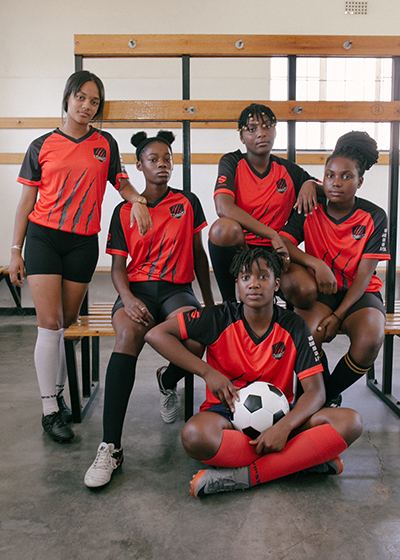 Where are all the women? The state of play of women’s leadership
Where are all the women? The state of play of women’s leadership
There is a strong body of evidence to support that gender diversity leads to better organisational outcomes, as well as equity for both women and men in the workforce. Despite this, leadership positions have typically been dominated by men and progress away from this has been varied across different sports, both globally and domestically (Women on Boards, 2016).
Focusing on the UK, the national charity Women in Sport has raised considerable awareness of the lack of gender diversity in sport leadership through annual audits of publicly funded sports bodies, from 2009–2016. The 2017 report Beyond 30% Female Leadership in Sport showed that while organisations had gradually become more gender diverse, progress had stalled with women’s representation at board level averaging around 30%. Furthermore, the number of women in senior leadership roles below board level had declined (Figure 1). It argued that organisations were paying little attention to creating a sustainable pipeline of female leadership talent.
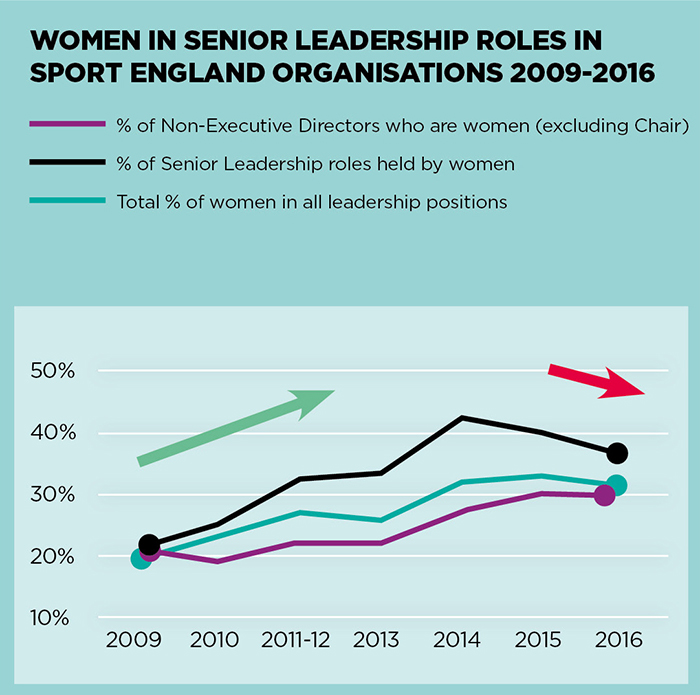
In response to the lack of diversity in the sport sector, in 2016 the government introduced the UK Sports Governance Code, overseen by the UK’s two funding bodies: Sport England (grassroots) and UK Sport (elite). The code requires sports bodies in receipt of government funding to meet a target of at least 30% men and 30% women on their boards by 2017 or risk losing funding. In addition to gender parity, the code also requires organisations to show a ‘strong and public commitment’ to diversity more generally, with inclusion of members from Black, Asian and minority ethnic (BAME) backgrounds and those with disabilities.
I always think to have the right culture you need a mix of males and females, and you need people from different backgrounds. An athlete needs to see someone who looks like them - whether it’s colour, sex or gender. That’s always a good starting point. (Paula Dunn, first women and black women Paralympics head coach)
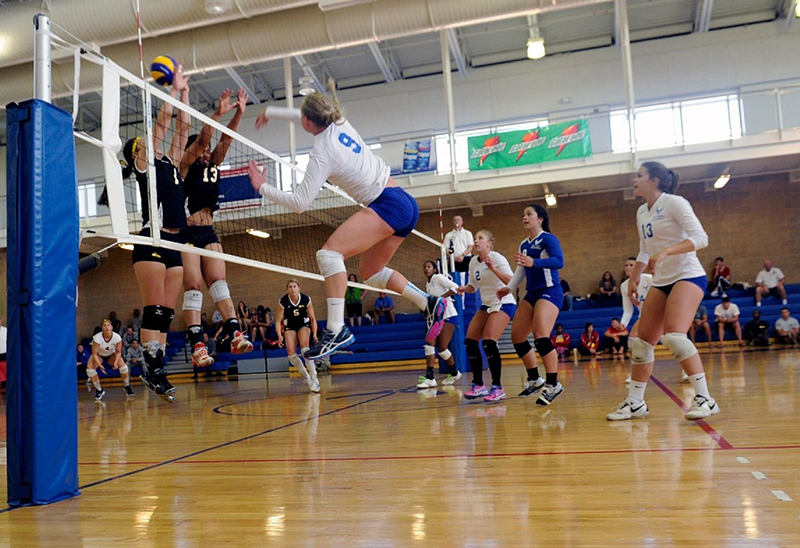
We’re at the stage where we have a majority of men in head coach roles, performance director positions, chief executives and chairs. There’s definitely more of a mix than there’s been before but there’s still work that can be done there. (Dame Katherine Grainger, Chair of UK Sport)So, almost three years on, how much progress has been made? In 2019 the Annual Survey of Diversity in Sports Governance (Sport England, 2019b) reported that women now make up an average of 40% of board members, and almost three quarters of sports boards (out of 140 organisations) have achieved the 30% target of women and men.
However, the survey also highlighted low representation in other areas of diversity: only 5% of board members are from a BAME background and only 5% identified as having a disability. These figures are not specific to one gender and illustrates how difficult it can be even for men with these characteristics to break into leadership roles in sport, let alone women, who are already disproportionately disadvantaged by their gender. These findings are a much-needed wake-up call and diversity across all society is now a growing area of focus for the publicly funded sport sector.
Women’s leadership is moving in the right direction but this is not evident in all areas of sport. A report by Farrer & Co (2019) shows great disparity between bodies who are publicly funded (and must observe the governance code) and those in the commercial sector, who are unregulated. Professional clubs are severely lagging in gender diversity, with only 3% of clubs achieving 30% female board representation and only 5% having a woman in a leadership role. A shocking 53% of commercial clubs have no women at all on their boards, compared to just 4% of publicly funded NGBs.
Looking forward – an inclusive culture shift
While there is increased awareness of the value of gender diverse leadership, this does not automatically guarantee inclusion (McKinsey, 2020), which is more challenging. The inequalities women face in sport stem from deep-rooted issues within its cultural and organisational practices, which privilege and normalise men in positions of leadership. These practices reinforce gendered norms and can include gendered language, segregation and ways of working which tend to disadvantage women as primary care givers (Norman, Rankin-Wright & Alison, 2018; Piggott & Pike, 2019, Women in Sport, 2018).
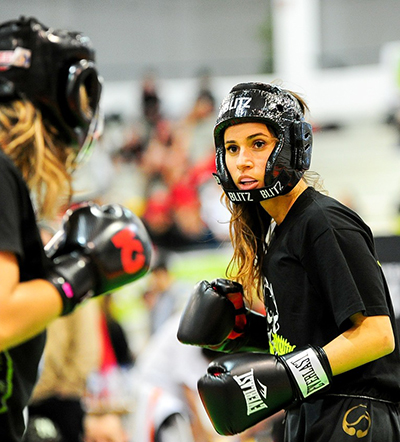 Women in Sport’s recent research Beyond 30%, Workplace Culture in Sport (2018) found that there is a clear gap in
how women and men feel in the sport workplace, with many women feeling discriminated against and subjected to unconscious bias. Over half of the women surveyed felt ignored and over scrutinised, having to prove themselves more due to their gender,
with 40% believing that their gender had negatively influenced how they were valued in their role. This highlights the impact of systemic gendered practices within sport that favour men and ‘masculine’ traits and behaviours (Burton, 2015).
This limits gender equity and the opportunities for women to progress and have real influence. After all, sport has historically been a male dominated pursuit, run largely by and for men.
Women in Sport’s recent research Beyond 30%, Workplace Culture in Sport (2018) found that there is a clear gap in
how women and men feel in the sport workplace, with many women feeling discriminated against and subjected to unconscious bias. Over half of the women surveyed felt ignored and over scrutinised, having to prove themselves more due to their gender,
with 40% believing that their gender had negatively influenced how they were valued in their role. This highlights the impact of systemic gendered practices within sport that favour men and ‘masculine’ traits and behaviours (Burton, 2015).
This limits gender equity and the opportunities for women to progress and have real influence. After all, sport has historically been a male dominated pursuit, run largely by and for men.
Redressing the gender imbalance at the top with quotas has been a catalyst for greater gender diversity, but it is not enough for sustainable change. Inclusive cultural change must happen throughout an organisation, from grass roots to board level, to ensure both women and men have opportunities to thrive.
Women Leaders in Sport – A Game Changer
When thinking about leadership in sport, a well-known phrase comes to mind: ‘if we continue to think like we’ve always thought, we’ll continue to get what we’ve always got’.
Women’s sport has an untapped audience that offers much opportunity for growth, both on and off the field. This was brought to the fore in the summer of 2019 when we saw huge appetite and demand for the women’s game. Sport has a remarkable ability to inspire and empower women and girls, but to drive real, sustainable change, from grass roots to the elite, we need more women leaders from diverse walks of life who can champion women’s voices in the leadership structures of sport. But it is not good enough to simply invite women to the table… the culture of sport needs a transformative shift in thinking that truly embraces diversity and inclusion, to reap the game changing benefits that women leaders can bring to sport in the UK.
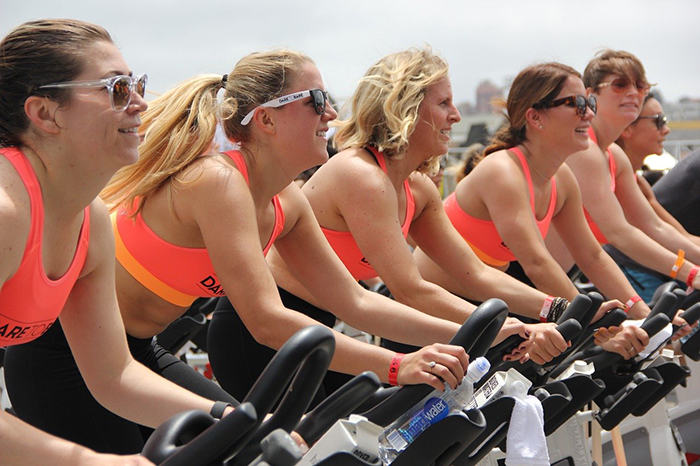
Explore more articles in this collection of Women in sport.

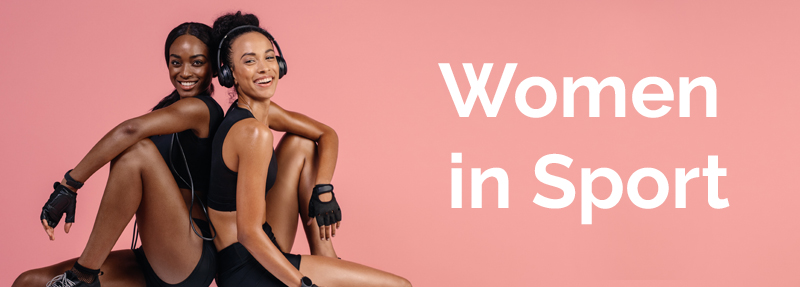





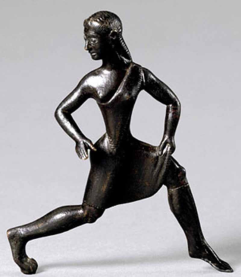
Rate and Review
Rate this article
Review this article
Log into OpenLearn to leave reviews and join in the conversation.
Article reviews